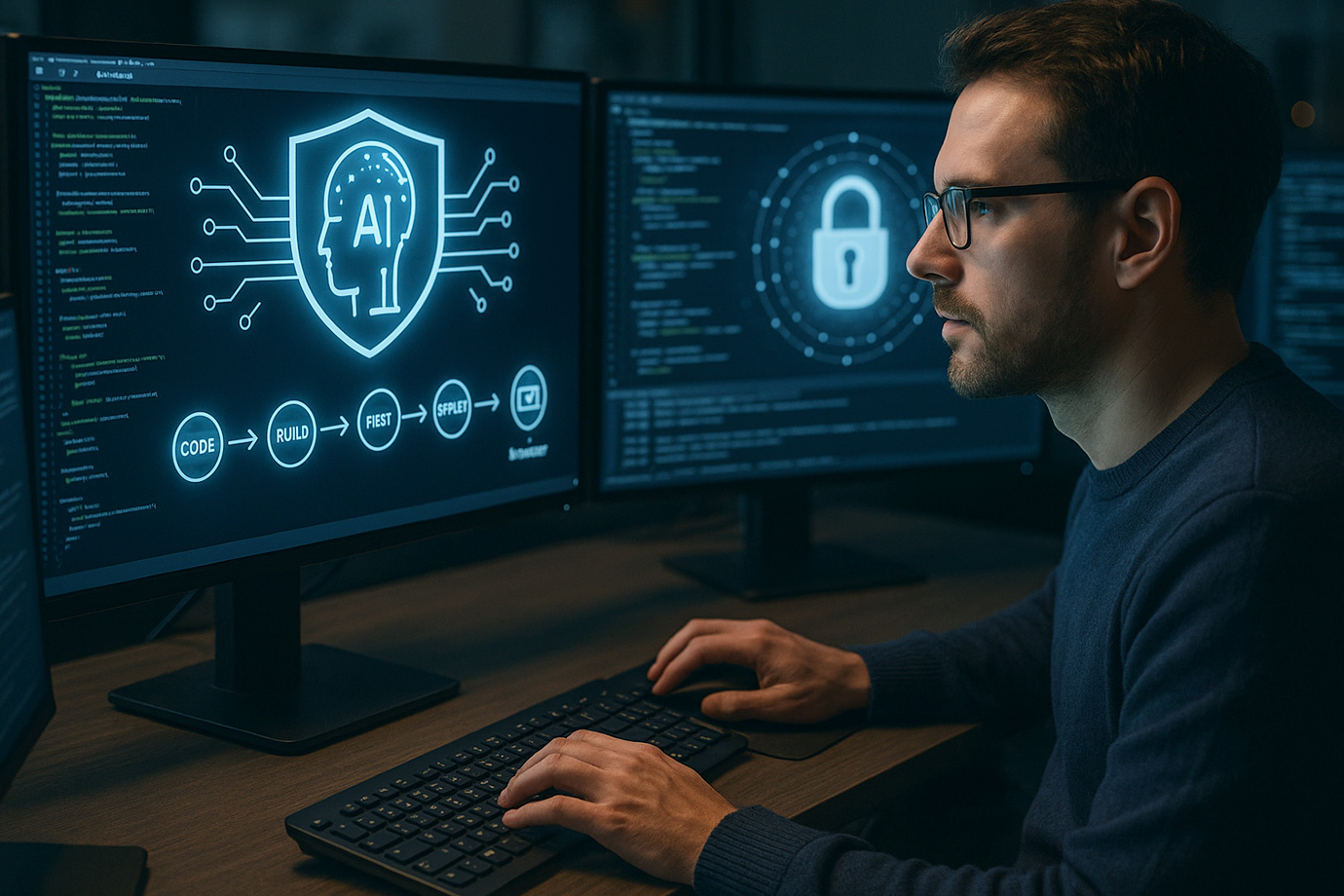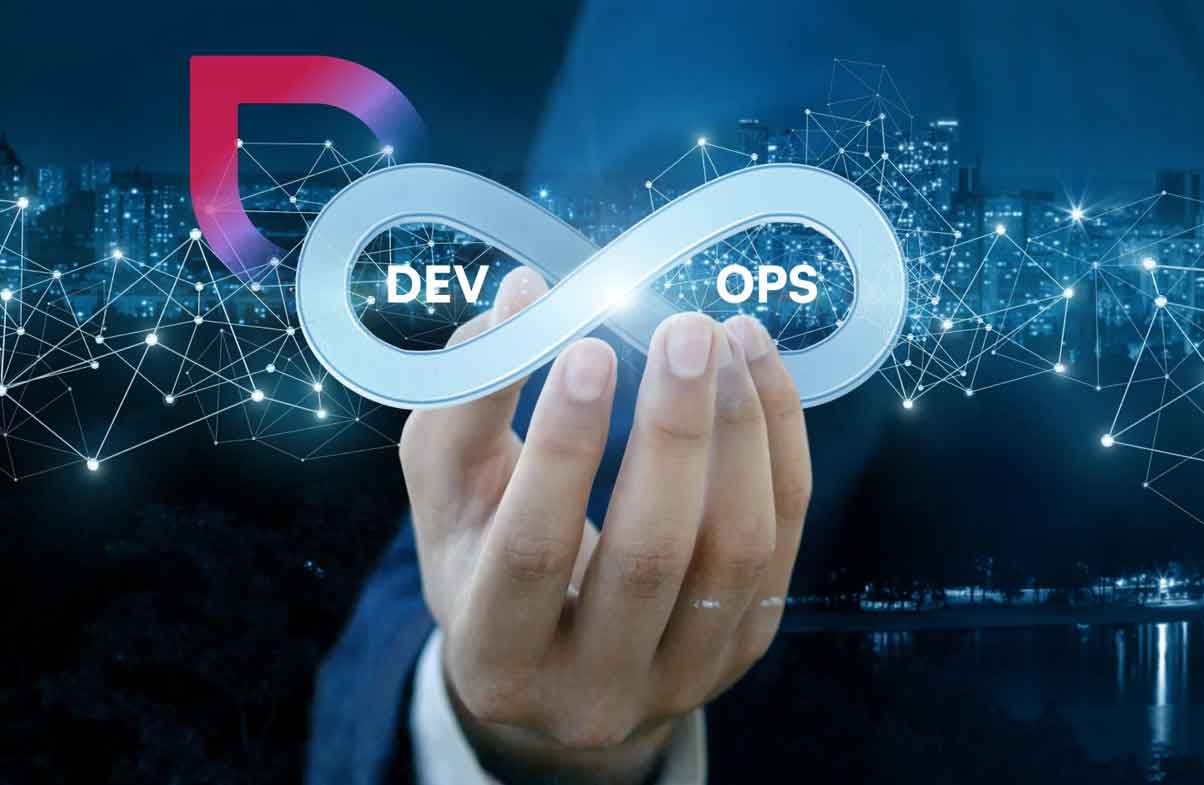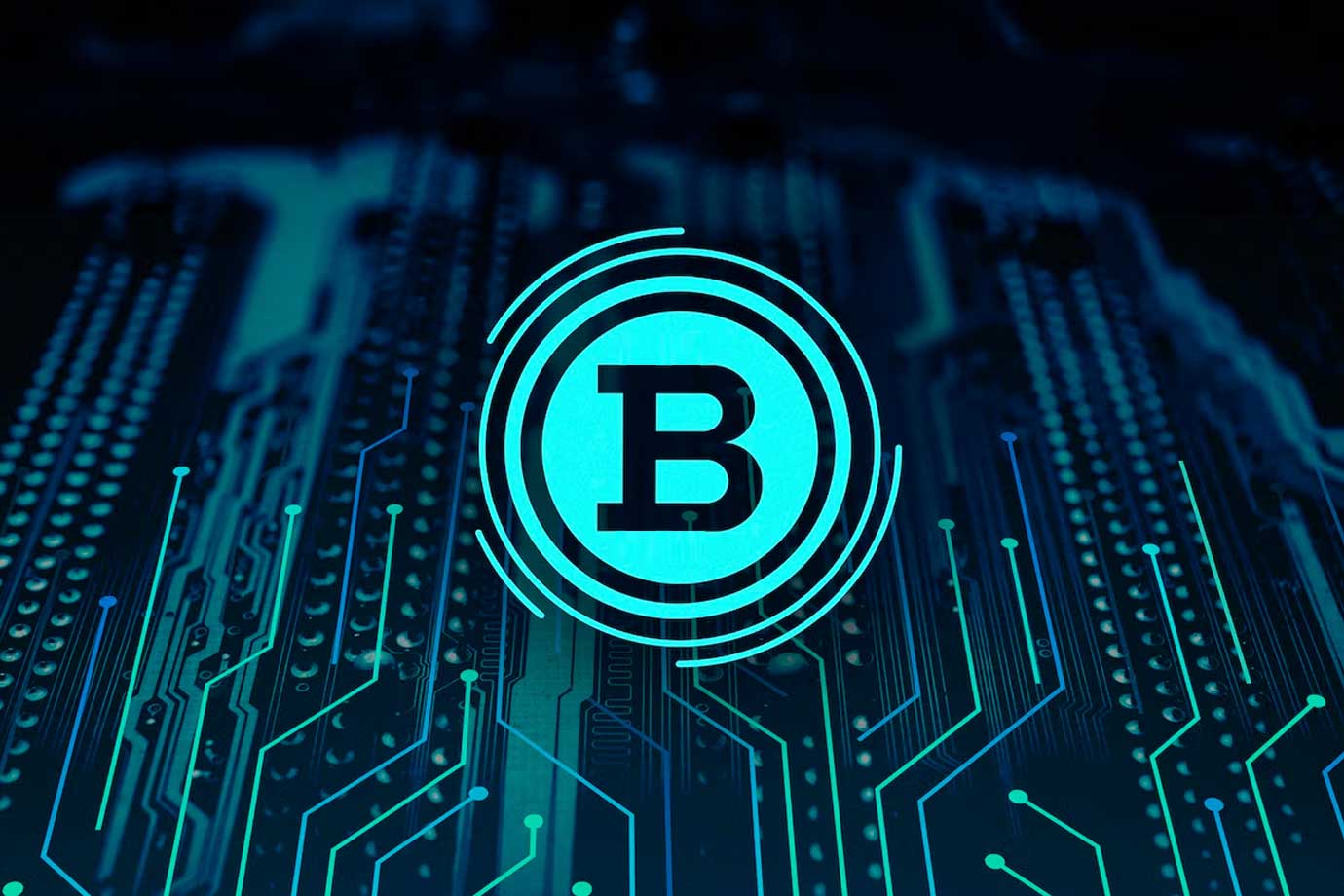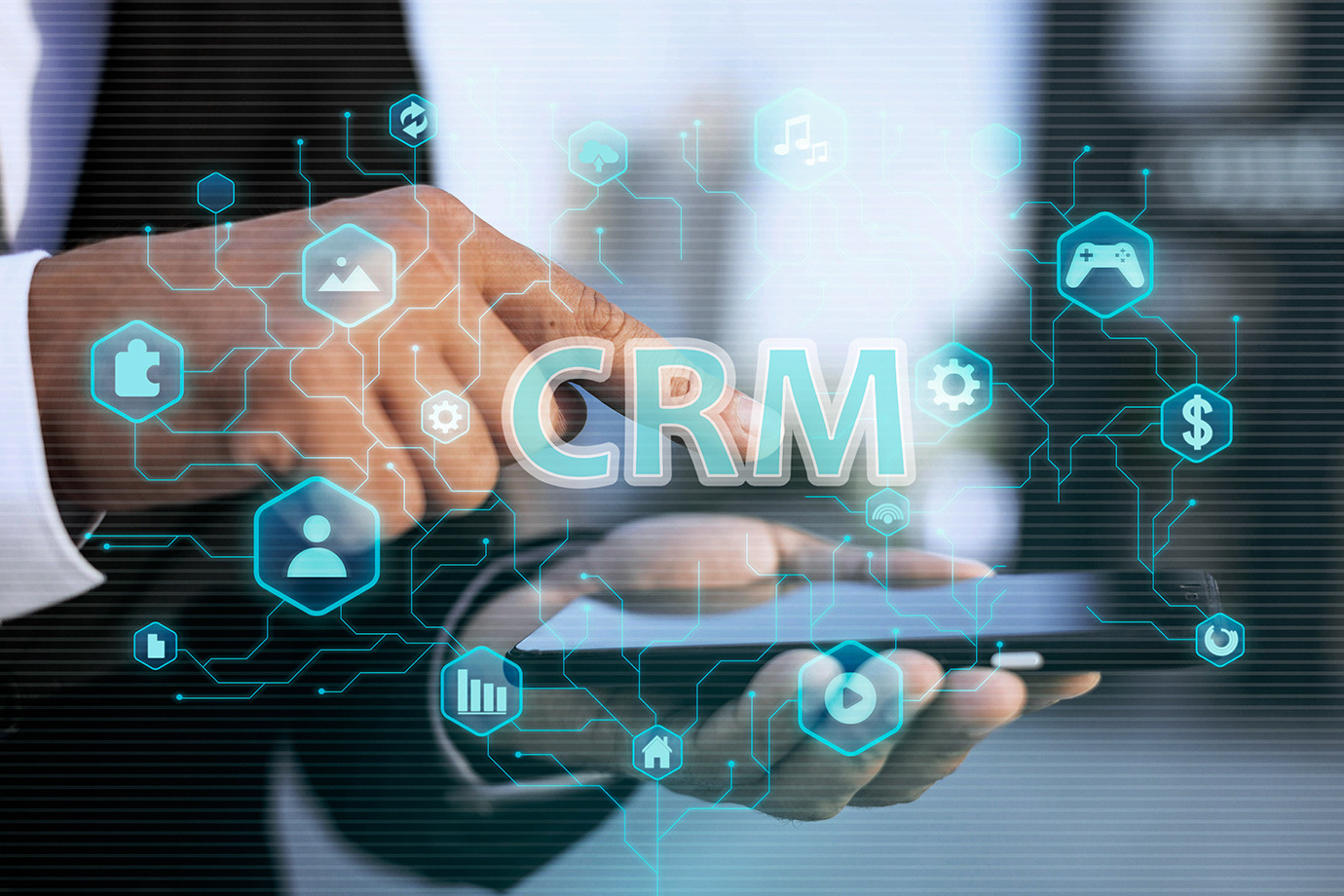AI-Driven DevOps and Cybersecurity: Best Practices for Building Secure, Autonomous Software Pipelines in 2025

02 Sep 2025
The way software is built and delivered has changed dramatically in just the past few years. Today, organizations are no longer satisfied with basic automation. They desire auto-code pipelines that can deploy and run infrastructure and optimize resources with little human effort. AI-powered DevOps is at the center of this transformation.
By 2025, AI will not exist as a nice-to-have anymore; it is the driver of the current software delivery. Businesses are adopting AI DevOps 2025 strategies to predict failures before they happen, speed up release cycles, and reduce human errors. But this transformation brings new challenges.
When automation handles critical deployment and monitoring, the risk profile changes. A single vulnerability can ripple through an entire release at machine speed. Misconfigured AI models, compromised dependencies, or gaps in security testing can open doors for cybercriminals. That’s why AI in cybersecurity has become inseparable from DevOps. The goal isn’t just to release faster, it’s to release faster and safer.
This blog explores why AI is the future of DevOps, the cybersecurity risks it introduces, and the best practices in DevOps security that every business should follow to build secure software pipelines in 2025.
Why AI in DevOps is the Future
For years, DevOps has focused on automation, automated testing, automated builds, and automated deployments. But automation alone has limits. It follows static rules, and when something unexpected happens, humans must intervene.
AI-driven DevOps changes this dynamic. Pipelines are now able to make decisions, learn, and adapt to change in real time due to machine learning and predictive analytics. This will be the transition to autonomous pipelines.
Benefits of AI DevOps 2025
- Predictive analytics: Instead of waiting for an error to occur, AI models can forecast system failures or bottlenecks and recommend preventive action.
- Smarter deployments: AI uses live data to determine whether to implement updates over time, postpone them, or automatically undo them when problems occur.
- Reduction of errors: Manual repetitive procedures, with humans frequently making mistakes, are now performed by algorithms, reducing the risk of an incorrect configuration.
- Scalability: AI tracks demand trends and deploys cloud resources on demand to maintain performance at a minimum cost.
- Shorter release cycles: By automating testing and optimizing workflows, organizations can go from code to production in hours instead of weeks.
The result? Faster, more reliable pipelines that can adapt in real time. But while this efficiency is game-changing, it also raises pressing cybersecurity questions.
The Cybersecurity Challenges in AI-Driven DevOps
The more intelligent and automated pipelines become, the more complex their attack surface. AI-driven DevOps introduces opportunities for hackers to exploit weaknesses not just in code, but in the AI systems themselves.
Major Risks to Secure Software Pipelines
- Supply chain vulnerabilities: Attackers often target open-source libraries or third-party dependencies. When pipelines are fully automated, a compromised package can be introduced and propagated across deployments almost instantly.
- Pipeline tampering: Repositories and CI/CD tools are the most desirable targets. When an attacker inserts malicious code into a build, it will be deployed without any further questions by the automation.
- AI model exploitation: Machine learning models themselves can be manipulated. Poorly trained or misconfigured models might misclassify malicious behavior as safe, giving attackers cover.
- Expanded attack surface: Every new integration, API, or AI-driven decision engine adds complexity. With more moving parts, there are more opportunities for exploitation.
- Shadow AI use: Non-sanctioned AI tools can be used by teams that have blind spots in compliance and security oversight because they are unable to be governed.
The takeaway is clear: the pace of AI DevOps 2025 is an advantage only if security evolves at the same speed. That’s where DevSecOps automation comes in.
Best Practices for Building Secure AI-Driven Pipelines
Businesses can’t afford to choose between speed and safety. With the right approach, it’s possible to have both. Here are the best practices in DevOps security for 2025:
- Adopt Zero Trust Security Models
Zero Trust assumes nothing is safe by default. Every user, device, and process must be verified continuously. For DevOps, this means securing every step of the pipeline, from code commits to production deployments.
- Automate Security Testing in CI/CD
As part of the growth life cycle, security ought to shift to the left. Important procedures consist of:
- Static Application Security Testing, or SAST: Finds flaws in the code before it is compiled.
- DAST (Dynamic Application Security Testing): Check the possibility of attacks on running applications.
- Runtime Application Self-Protection, or RASP: Threats are detected and blocked at the time the application is running.
Businesses use these tests to create safe CI/CD pipelines that continuously look for weak points.
- Use AI for Threat Detection
Anomalies in developer activity, code changes, or container behaviour that humans might overlook can be detected by machine learning algorithms. AI might, for instance, highlight an odd login pattern or a dependency update that deviates from historical patterns.
- Automate Compliance Monitoring
Manual audits are expensive and time-consuming. AI can also generate audit reports instantly and continuously validate systems with compliance standards like GDPR, HIPAA, and PCI-DSS. Time and needless costly infractions are avoided as a result.
Integrating pipelines with DevSecOps automation as a core culture will help businesses establish pipelines that are trustworthy and reliable.
Real-World Applications of AI in Cybersecurity
These practices aren’t just theory; companies are already applying them:
- Cloud-native deployments: A SaaS provider added anomaly detectors to their Kube clusters. AI detected abnormal API calls, and the team discovered it was misconfigured before the attackers could take advantage of it.
- Financial services: One fintech company used predictive modeling to predict denial-of-service attacks. The system did it automatically by scaling infrastructure and deliberately making patches, without introducing downtime.
- Healthcare IT: Hospitals integrated AI into cybersecurity to oversee electronic health record systems, and identified a suspicious entry that conventional (rules-based) systems could not detect.
These cases demonstrate that AI is not taking away jobs; it is simply making people see and do something before things get out of control.
Tools and Technologies to Watch in 2025
This is being driven by the expansion of AI-based DevOps. Some of the most promising in 2025 are the following:
- Harness AI – Automates deployments and optimizes costs on clouds.
- GitHub Copilot for CI/CD – Helps in writing code for deployments and testing code.
- Jenkins X with ML extensions – Uses machine learning to enhance the orchestration of pipelines.
- Snyk AI – Scans the open-source dependencies and proposes remedies.
- Darktrace – It is an AI-based implementation used to track abnormal network and pipeline activity.
- Aqua Security is a container and cloud-native app runtime defense.
By adopting these tools, businesses can align with best practices in DevOps security while ensuring agility.
Conclusion
AI DevOps 2025 is changing the way software is delivered. Building and deploying faster than ever before has become a possibility, but this comes with new risks. Without cybersecurity, autonomous pipelines can quickly become liabilities.
The solution is to treat AI in cybersecurity as a core pillar of DevOps. DevSecOps automation allows organizations to create secure CI/CD pipelines that strike a balance between agility and resiliency. Embedding best practices in DevOps security, adopting Zero Trust models, automating testing, and leveraging the latest AI tools for DevOps ensures that pipelines remain safe, compliant, and future-proof.
At NanoByte Technologies, we believe innovation and security go hand in hand. We help businesses design and secure software pipelines that deliver speed without compromise using DevOps and Cybersecurity. Our understanding of compliance automation and predictive monitoring will keep your pipelines up to date with future demands.
Are you DevOps-ready? Get in touch with NanoByte Technologies to see how AI-based pipelines can transform your company.





